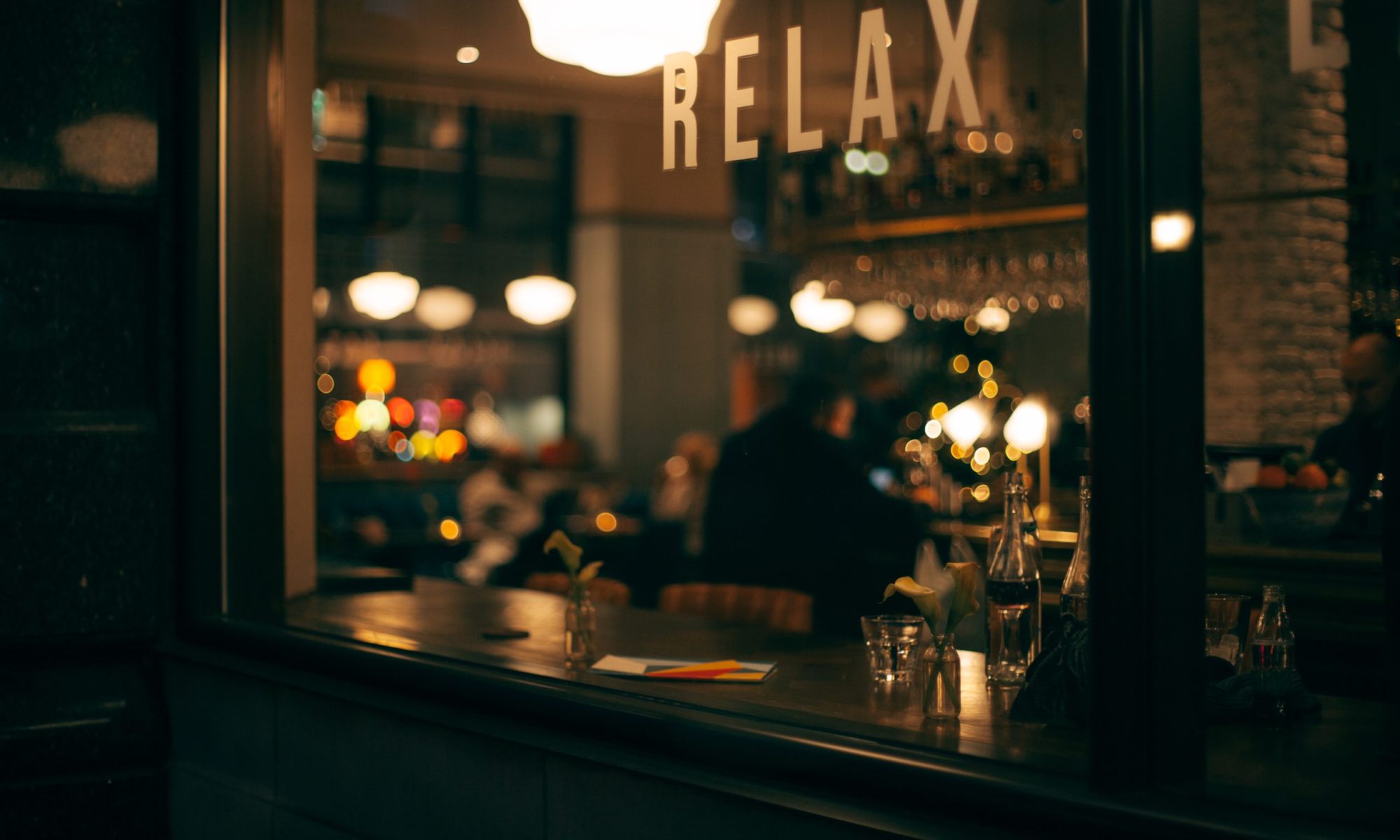
Those with GPS receivers know the problems of their devices all too well.
It’s frustrating when your unit claims that you’re just a few feet from ground zero just to have the GPS suddenly jump and say you’re 20 feet away in the opposite direction… then you walk to the new coordinates to have it jump again saying your now 50 feet away in a different direction altogether.
This dance involves staring down at the GPS while blindly walking in circles that could include stepping into piles of excrement or into oncoming traffic. The problem could be blamed on signal echos or signal obstruction, both which make sense in areas with dense trees or tall buildings, but the root of the issue is too much dependence on the electronic device.
Such was my fate last weekend. It’s okay now … the gummy fecal canine deposits have been kicked, scraped and walked off … but as a result I’ve decided to review the rudimentary way I work the caches.
I know a couple of geocachers who worked almost solely off of printed maps. The maps had handwritten scribbles and notes to suppliment the printed Geocache codes and pins. We drove or walked about locating the next item on the list, but navigated solely off printed maps. This has me thinking about the printed map advantages:
- Better planning
By planning what you plan to do, you’ll be better prepared. Are there caches in the woods? Bring hiking gear. Are they in the city? Wear walking shoes. - Less chance of overzealous hunting
Knowing that there are ten other caches on the map, hunters are less likely to spend an hour on one difficult to find cache. - More attention to the environment and surroundings
Instead of going strictly off of coordinates, there was more observation work going on. - No accidental puzzle caches
Some cache owners accidentally put the wrong category icon for the cache. Going off of the iPhone app, the result is spending time to get to a location then, after ten minutes of searching around, reading the details to find out it’s a puzzle cache. However, if you prepared the trip through a printed map, you don’t depend on instant information so you have to print all that information out at the time, meaning you likely noticed this snafu beforehand and either solve the puzzle before heading out, or don’t waste your time going to the original coordinates… either way makes a happier outing.
On our next outing we’ll try the other extreme and put away our GPS receivers, using a purely printed approach and report what happens. Stay tuned.


You must be logged in to post a comment.